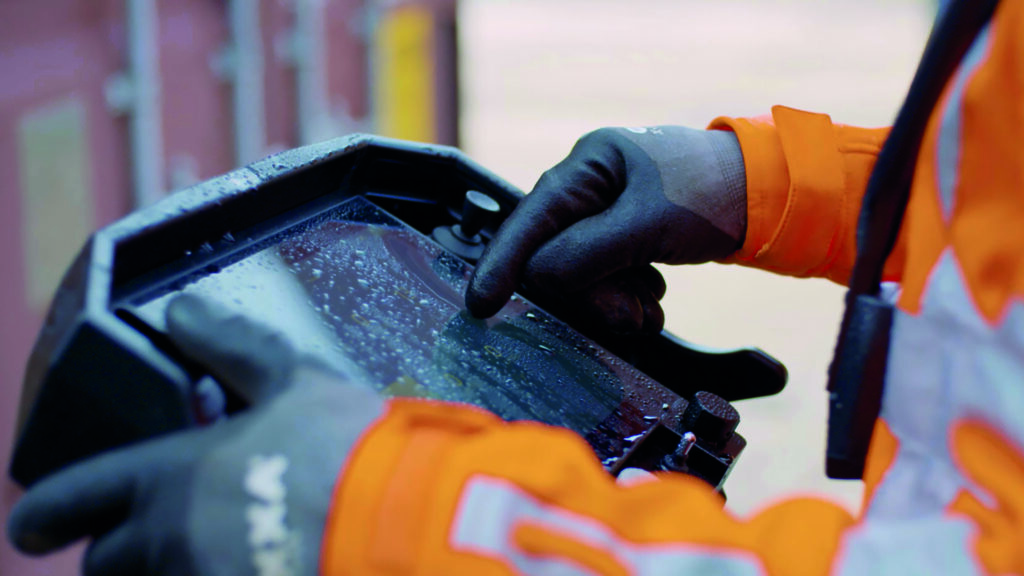In this article, Schurter discusses the application of switches and displays in potentially explosive environments.
When working in potentially explosive environments, products and equipment must comply with ATEX directives in the EU. ATEX certification means a product may be used in potentially explosive atmospheres and won’t trigger the ignition of hazardous air-gas mixtures. ATEX is the European certification, while IECEx applies worldwide. To be allowed to offer ATEX/IECEx certified products, the manufacturer requires a product certification and production site certification.
As an application example, the pharmaceutical industry involves work in places with potentially explosive atmospheres. Laboratory and production equipment used in these environments needs to be controlled, requiring a human machine interface. The simplest option is switches. There are many different switch technologies, the most familiar being mechanical. However, there are also capacitive, piezoelectric and touchless variants. Not all of them suit potentially explosive atmospheres, with one exception: piezo.
The piezo effect describes the change in electrical polarization and thus the occurrence of an electrical voltage on solids (mostly crystals) when they are elastically deformed. In short if a piezo switch is pressed, an electrical signal is generated. This is where the big difference lies: a piezo switch does not need an electrical power supply for a tactile process. Where there is no power supply, there are—almost always—no dangerous sparkovers.
Piezoelectric switches are also tough. They are hermetically sealed and have no mechanical switching contacts, thus no sparking or penetration of explosive substances. Schurter’s PSE EX family of switches have housings made of aluminum or stainless steel. They are designed to offer maximum reliability and a long service life. Due to their hermetically sealed housings (IP69K), they are predestined for use in the harshest environments, above-ground explosive plants and areas with flammable air-gas mixtures, mists, vapors and dusts.
What about touchscreens? Things get more complex with more sophisticated input systems. Here, manufacturers must ensure no gases can penetrate the system, where sparking of the electrical parts could lead to an explosion. In HMI systems for ATEX environments air cavities where gases could accumulate must be reduced to a defined minimum.
To achieve this, bonding with a special adhesive between the display and the touch is necessary. Also, the display must be adjusted in many cases. This means opening the back of the display and filling air cavities with various materials. The front glass of the HMI system may undergo special treatment to ensure it has the required impact resistance in the event of an explosion. In many cases, such HMIs are used outdoors and/or in particularly harsh environments. Therefore, water resistance and EMC compliance must also be considered.

